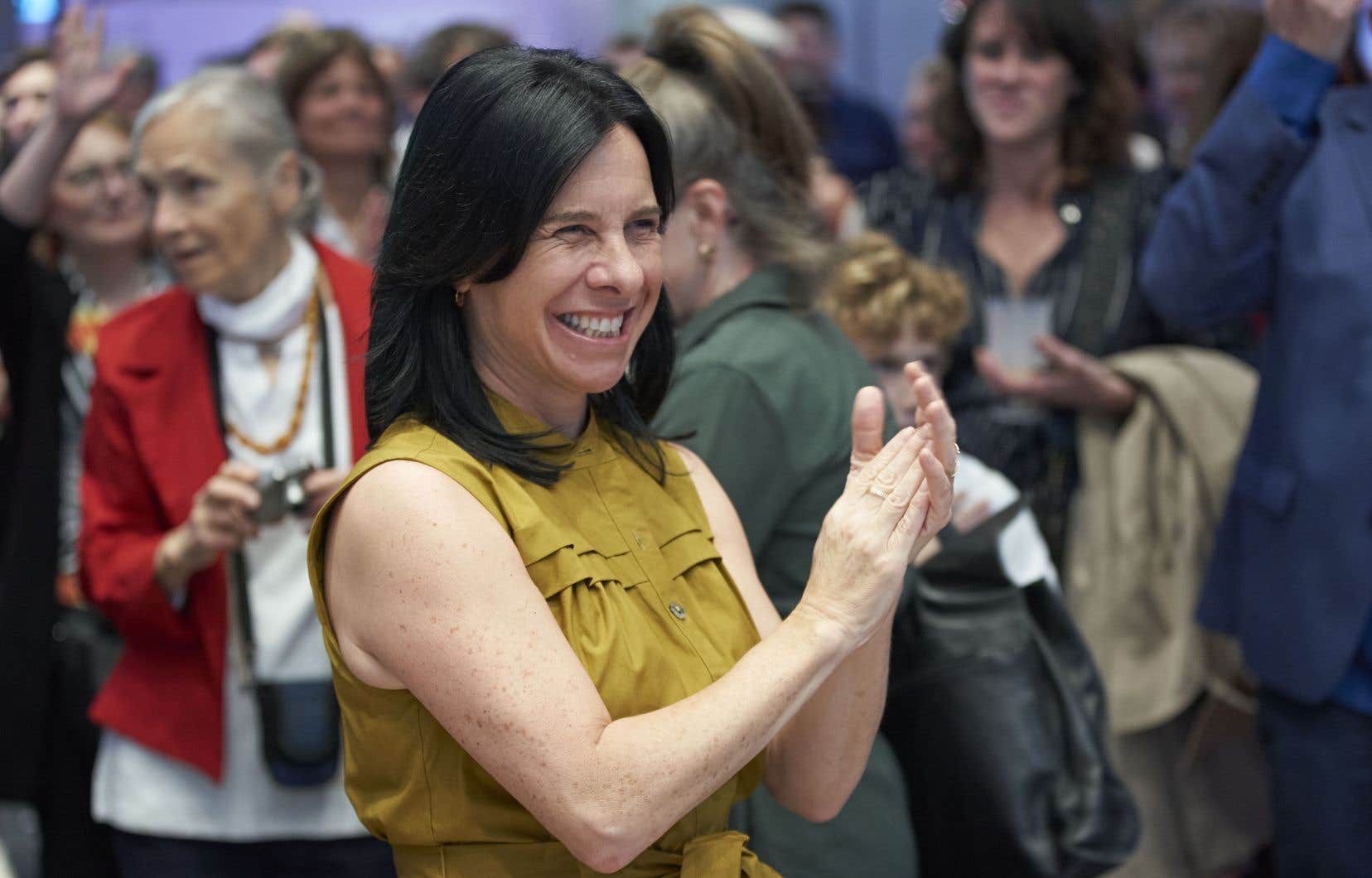This text is part of the special notebook Center of Montreal Memories
The inauguration of the Montreal Memories Center took place on Thursday, September 28. Mayor Valérie Plante was there. She tells us about her MEM.
In a new building and in a new neighborhood, the Center d’histoire de Montréal has reaffirmed its new identity by changing its name to the Center des memories montrealaises, or MEM (a contraction of the two words at the heart of the identity of the institution, namely “memory” and “Montreal”). “I really like this new name. Rather than calling it the Montreal Museum, for example, this name opens the horizon to look at the history of Montreal from a different perspective, including that of the citizens who live there, the different neighborhoods, the events significant, but also in everyday life”, raises Mme Plant.
While the institution needed a makeover, the MEM now sits at the corner of Saint-Laurent and Sainte-Catherine, in the very heart of the metropolis. Opposite, the Esplanade Tranquille, “a great symbol of Montreal, with its ice rink and its public places,” describes the mayor. A stone’s throw away, the Quartier des spectacles, “which makes Montreal vibrate all summer long”. All in the former Red Light District, “where there is also a lot of history,” she continues.
Montreal in Showcase
Immersive and interactive, the MEM shares the vision of its residents and the different neighborhoods of Montreal. “We are far from the cabinet of curiosities! » notes Valérie Plante. Indeed, between the time the History Center closed its doors and the MEM opened, “the team traveled by bike and in a van and went to meet Montrealers in the public places. I like this idea,” says the woman who has a degree in anthropology and museology.
“What particularly touched me was the way the testimonies were presented. It is important to show that there is no A Montrealers, but there are of the Montrealers. Everyone has their history, their background, their culture; that’s what creates Montreal,” says M.me Plant. Thus, in addition to its collection of objects, the MEM has a significant collection of audio and video recordings on hard drives, witness to this oral history.
A museum anchored in the present
“For Montrealers, students and tourists alike, it is an important museum,” believes the mayor; note that the expansion of the MEM will make it possible to accommodate more school groups.
“It’s a museum anchored in contemporaneity, and which speaks of identity, with our balconies, our triplexes, our exterior staircases, our cultural communities, our neighborhoods, etc. ”, she notes. The first temporary exhibition tells, for example, the long history of the organization Le Chaînon, which clearly shows the solidarity and benevolence of the metropolis.
The mayor therefore invites all Montrealers to take ownership of the MEM. “It’s their museum. We write history together,” she concludes.
This content was produced by the Special Publications team at Duty, relating to marketing. The writing of the Duty did not take part.
